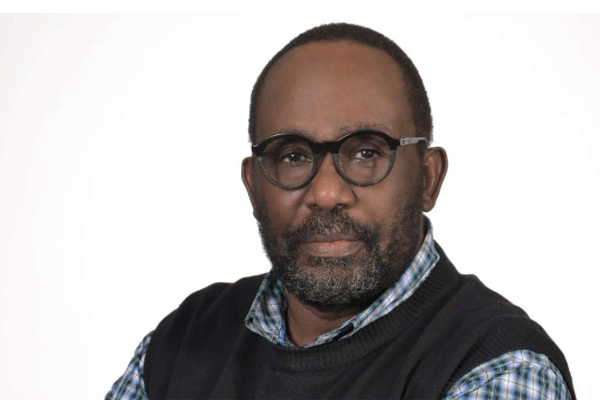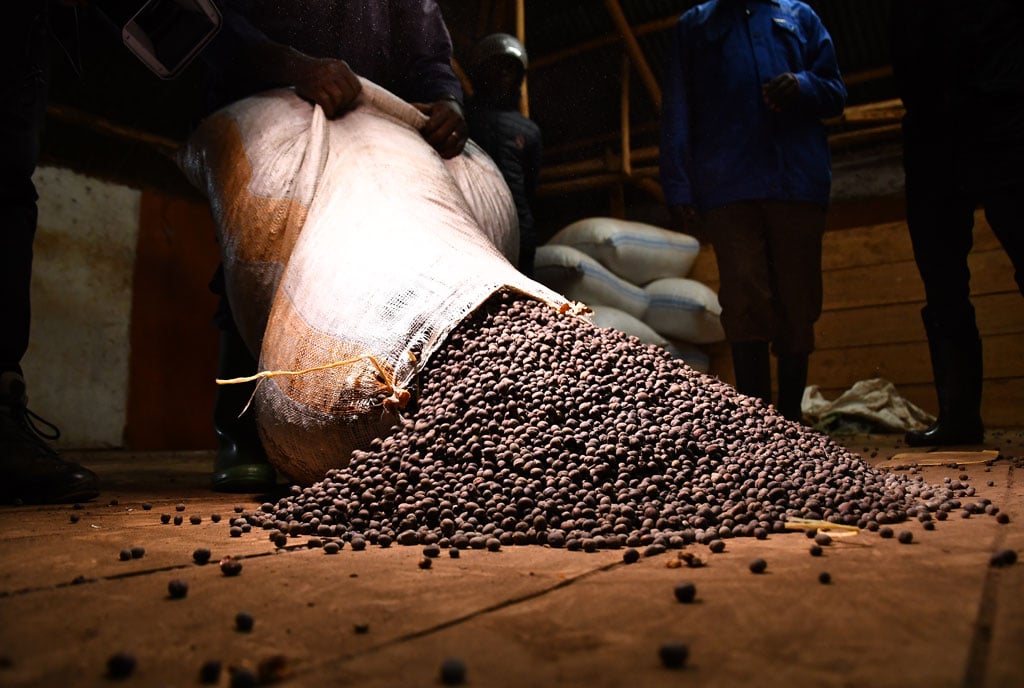
Mr Charles Onyango-Obbo
A while back I was in a room in Nairobi with a bunch of economists and political science types, smart fellows. We were trying to forecast a series of things about East Africa in the coming decade. Inevitably, the question of data came up.
There were complaints that official data from East Africa was problematic. The good one came late and wasn’t enough; the bad and junk one arrived on time; and the truly revealing was presented so badly it would give you a hernia trying to dig it out. An eminent Kenyan economist raised his hand to say he wanted to make an exception; Uganda had the best official data in the region, he said. Recently we were at it again.
There was a joke about how one reason could be because few Ugandans study with the data, and therefore can’t make trouble with it. But, seriously, the tradition is longer and runs deeper. One of the most interesting aspects of reading the ruling National Resistance Movement (NRM) publications when they were fighting the bush war, was the data and their even tone. It distinguished itself that way because rebel movements tend to churn out emotive and shrill propagandist outputs. One of its high points was President Yoweri Museveni’s “What Is Africa's Problem?”, published the year the NRM seized power.
I loved American foreign correspondent David Lamb’s book “The Africans”, and had been floored by all the popular and colorful data, which made it a very effective book. “What Is Africa's Problem?” was like that (though Museveni today probably regrets publishing it), and departed very much from Ghana’s Kwame Nkrumah’s “Africa Must Unite”, or Kenya’s Jaramogi Oginga Odinga’s “Not Yet Uhuru”. This time, there was grumbling about the lack of data of a more complex type; that helps determine presidential viability and mental competence; like their medical records, for example.
And exactly how much work an African president does that can be measured independently, and so forth. Some fellows suggested there were proxy indicators that could work as well, and that is where things got juicy. Top of the list was the presidential motorcade. The presidential convoy is the most public revelation of a president’s sense of his/her power, state of mind, and insecurities. There was the Xi Jinping Standard: At home, Jinping’s convoy is on average 10 cars.
Now the world’s second-largest economy, and Africa’s all-season Father Christmas, it was felt that in normal circumstances no reasonable president should have a convoy longer than Jinping’s to drive on roads built by Chinese money and engineers. Once a president surpasses Jinping’s 10 cars, then he is placed in the “amber zone”. It tells you the president leads a moderately corrupt and competent government, is only mildly afraid of the people, and could be a half-democrat or benevolent dictator. Then there was the American Standard. On average, the American president, still the world’s leading superpower and economy, has a motorcade of 24 cars.
Outside of a country at full war, an African leader with over 24 cars (there are some with convoys of 100 vehicles) is in the “Red Zone”. Usually, he/she will have been in power for at least 20 years. That is long enough to earn many enemies and make the big man both paranoid and legitimately concerned for his/her safety. If not, then a president who needs a convoy of over 25 cars is drunk on power. Such leaders head very corrupt governments, brutally repress the people and opposition, and are likely surrounded by relatives, clanmates, or people from their communities, as they are fearful of “the others”.
Then they spoke of the European Standard: From bicycles, and public trains, to five cars. An African leader who takes public transport is a unicorn. Rides a bicycle to work, that’s hopelessly fantastical. But five cars, are doable. Such a leader most likely operates in a limited context. Is possibly a gentle democrat or nice fellow, runs a competent meritocracy, doesn’t steal elections, and has low levels of corruption. I checked, and except in one case, the African countries which score well on Transparency International’s Transparency Index, have presidents with fairly small convoys.
The long-ruling, corrupt, and repressive ones who rig elections and fill prisons with the opposition, have long convoys. But, like in all things, there is the exception; Eritrea's President Isaias Afwerki. In power for 30 years, he doesn’t hold national elections, and rules with an iron fist. He has a small convoy, lives just off a street, and occasionally walks the streets of Asmara to go and eat in simple restaurants. In 2021, when he and Ethiopian PM Abiy Ahmed were still good buddies, the latter visited Asmara, he escorted him to the airport to catch his flight back to Addis Ababa, on foot.
Mr Onyango-Obbo is a journalist, writer and curator of the “Wall of Great Africans”.
Twitter@cobbo3





